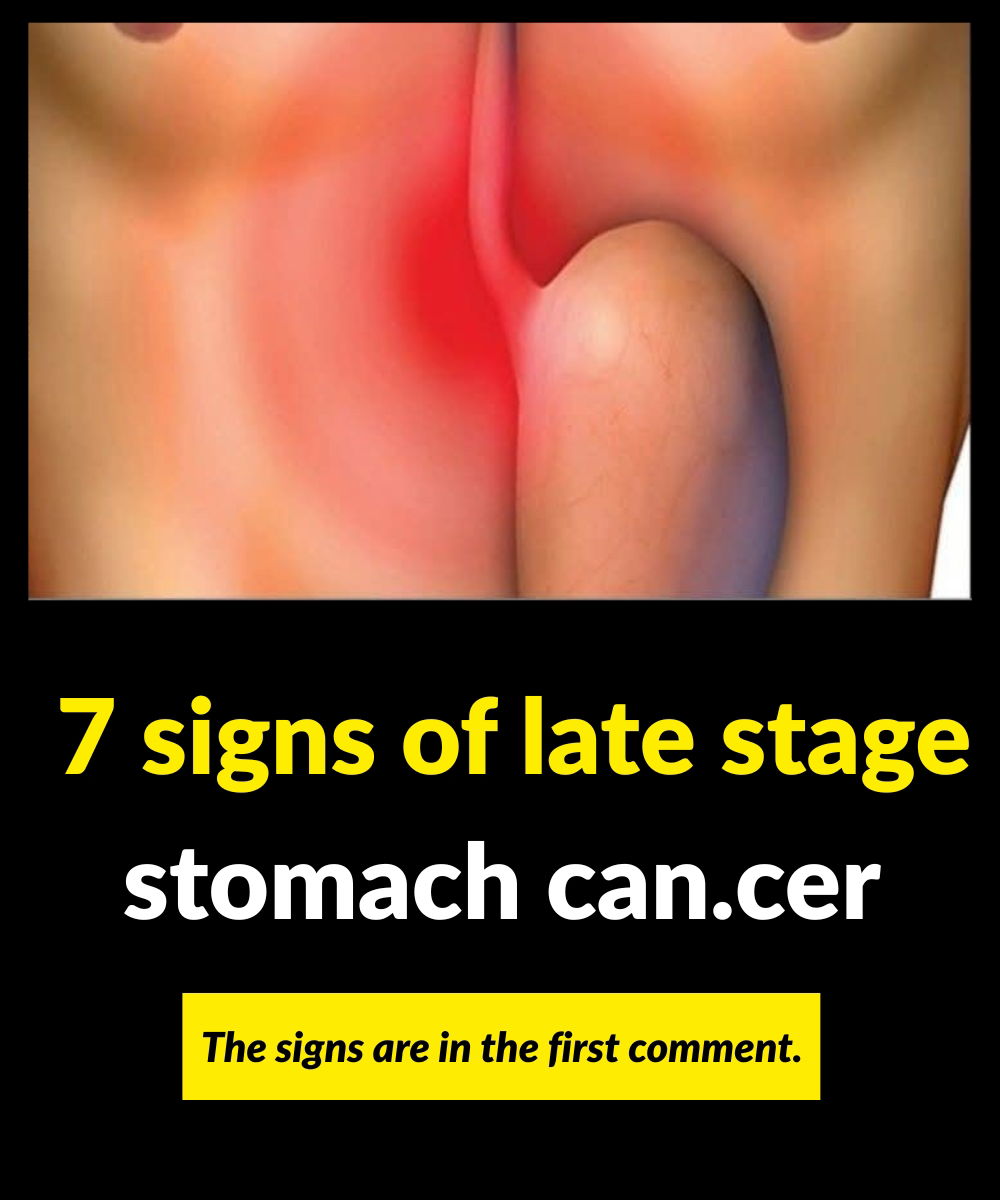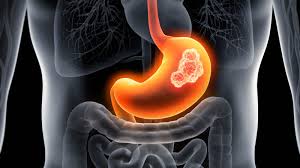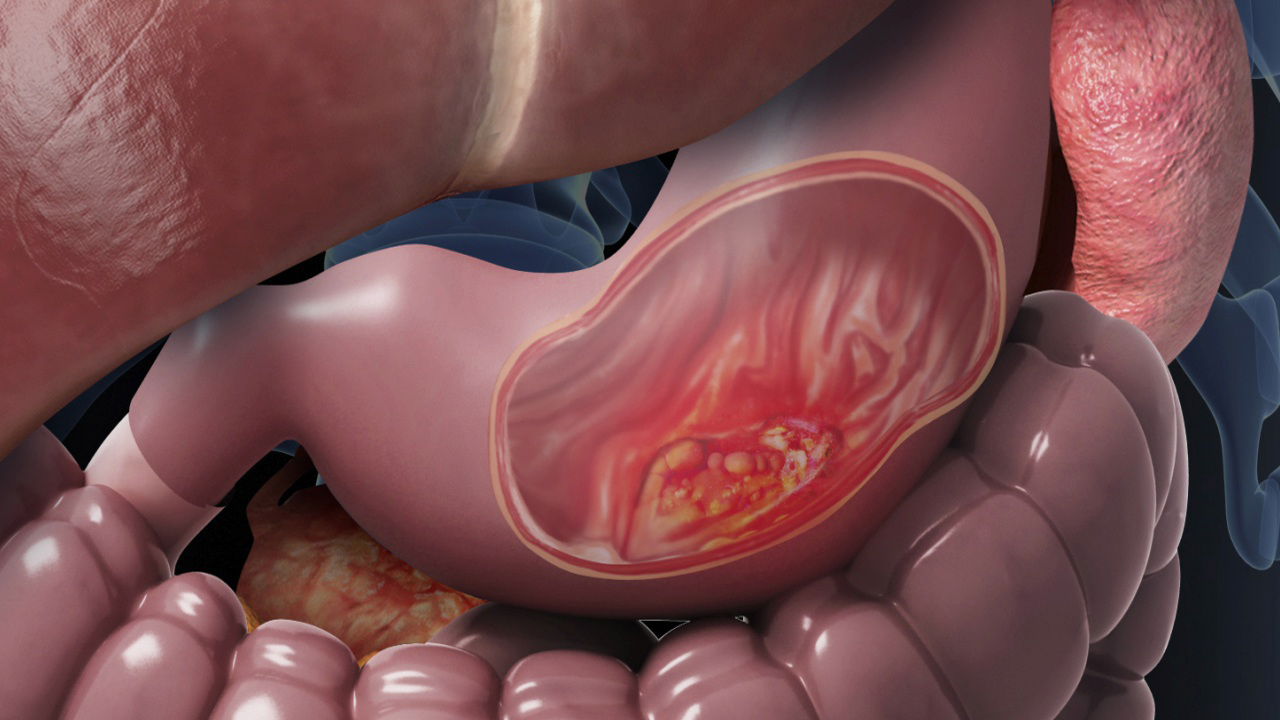
Stomach can.cer affects countless people around the world. The disease’s symptoms are frequently mistaken for those of other stomach disorders, leading to subjectivity. Can.cer is usually identified in its late stages, making treatment and care challenging. The following are seven indicators of stomach can.cer that no one should overlook.
1. Signs of late-stage stomach can.cer.
The disease progresses through four stages, each with its own set of symptoms and appearances. The following are the seven most immediately recognizable late-stage indications of stomach cancer:
Abdominal Pain
Abdominal discomfort is a common symptom in a variety of stomach-related medical disorders, including cancer. However, when a malignant tumor forms in the stomach, abdominal pain often manifests in unique ways. Typically, the pain is strong and frequent. The discomfort frequently develops in the epigastric region, especially when hungry or after meals, and does not go away even with pain relievers.
No appetite and a dread of eating.

Stomach cancer has a devastating effect on the digestive tract. Patients have difficulty eating due to dry mouth and nausea, and food is difficult to digest regularly, resulting in a loss of appetite. When using medicines that have side effects, the sense of loss of appetite is exacerbated.
Nausea and vomiting.
Nausea is one of the seven early signals of stomach can.cer, but it is commonly neglected because the symptoms are few and infrequent in the early stages. When the condition progresses, nausea and vomiting worsen due to the tumor pressing on the stomach, resulting in bloating and reflux. In addition, can.cer therapy medicines might produce nausea and vomiting.
Constipation and Diarrhea
The development of stomach cancer results in digestive difficulties and poor digestive function. This is the source of constipation in persons with stomach cancer. In addition, gut bacterial illnesses can cause people to have diarrhea. These are two typical symptoms that lead people to become fatigued and experience a prolonged loss of appetite.
Black stools.

Black stools are one of the seven immediately visible indicators of stomach can.cer in its late stages. The cause is the burst of some blood vessels on the tumor, or ulcerated tumor lesions in the stomach, which produce bleeding.
Lose weight quickly.
Most can.cer patients experience rapid weight loss. Stomach can.cer is one of the diseases that causes the most rapid weight loss because it affects the digestive tract. Cancer impairs the stomach’s capacity to digest food and absorb nutrients.
Pale skin with anemia
Frequent gastrointestinal bleeding causes patients to lose blood quickly, resulting in pale skin and a lack of vitality. Furthermore, because of the direct impact on the digestive tract, bad eating habits and the ability to absorb nutrients are not assured, thus the patient is constantly weary, skinny, and pale.
2. Early indications of stomach can.cer.

Most malignancies have vague initial signs. Cancer cells can only be found through examination and testing. As a result, when most cancer patients are diagnosed, they are already nearing the end of their disease. When it comes to stomach can.cer, you can seek for odd warning symptoms like:
- Frequent bloating, fullness, discomfort, nausea, and heartburn.
- Unexplained weight loss.
- Anorexia, epigastric discomfort, and gastroesophageal reflux.
- Difficulty swallowing and a sensation of something trapped in the throat.
If there are any unusual symptoms, the patient should see a doctor right once. The doctor will undertake examinations, stomach endoscopy, testing, and biopsies to determine the source of the sickness. From there, can.cer can be discovered early and treated appropriately.

















